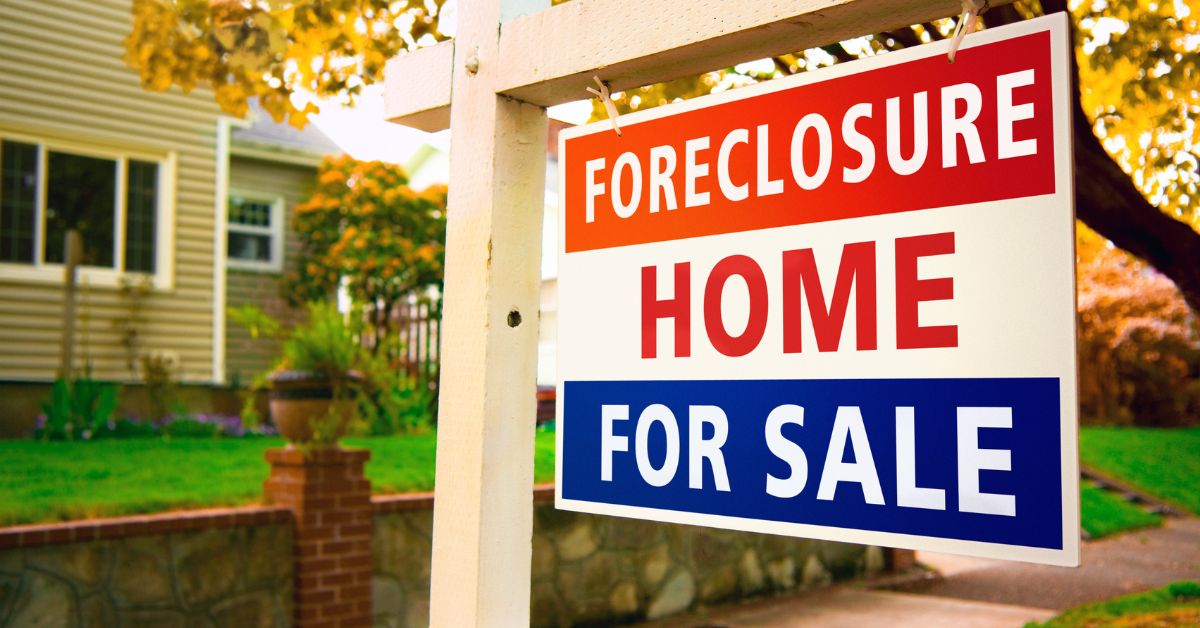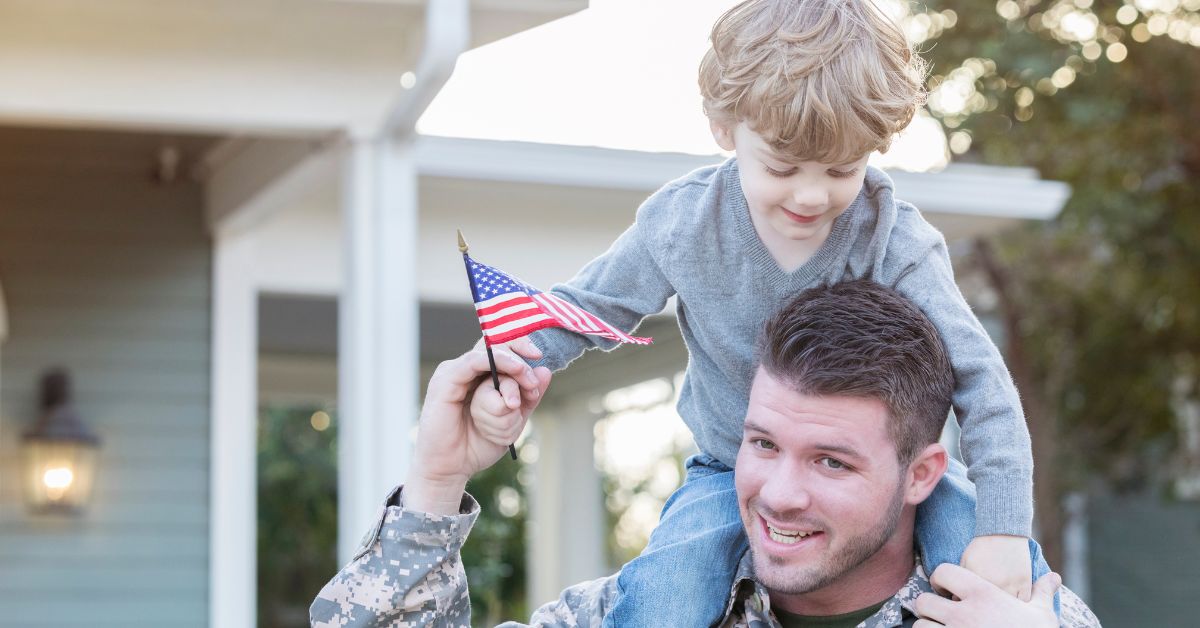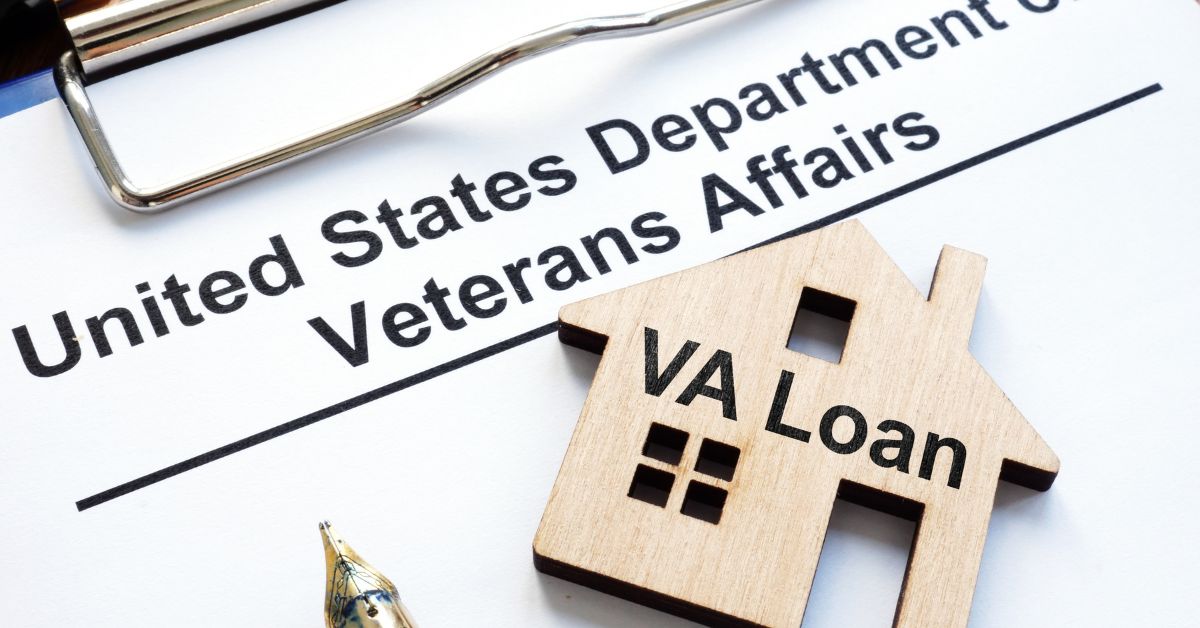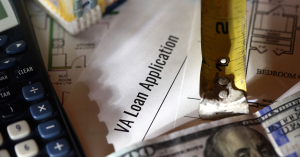In property financing, the Veterans Affairs loan facility has established itself as a beacon for veterans and service members seeking homeownership. While it’s widely known for its no down payment and no private mortgage insurance perks, the VA program still has fewer benefits based on many years of loan provision. As a thought leader in this industry, second-tier Veterans Affairs loan tops the list.
Understanding Veterans Affairs Loan
The Veterans Affairs program, instituted by the United States Department of Veterans Affairs, seeks to help veterans, active duty service members, and eligible surviving spouses achieve the dream of homeownership.
Their biggest draw is that they allow qualified buyers to purchase a home with $0 down and without requiring private mortgage insurance.
Advantages of Veterans Affairs Loans
These loans come packed with multiple benefits:
Here are some of the common advantages:
- No down payment requirement
- No private mortgage insurance (PMI)
- Competitive interest rates
- A one-time VA funding fee that can be included in the loan amount
- Insightful property appraisal inspection
VA Loan Entitlement Explained

Entitlement regarding Veterans Affairs Loans refers to the amount the Department of Veterans Affairs guarantees for each loan. This guarantee communicates to lenders that if the borrower fails to repay the loan, the VA will reimburse the lender a portion of the loan. It’s like a safety net, giving lenders the confidence to lend money by mitigating the risk.
For example, suppose you have borrowed $200,000 through a Veterans Affairs Loans to buy your dream house, and the VA has guaranteed 25% of that loan – that’s $50,000. Your $50,000 assures the lenders that even if things go sideways, the VA is a backer to cover a portion of the debt.
While it’s easy to assume that entitlement fully resets once you’ve satisfied your loan, that’s not quite the case. Several factors determine whether it’s partially, fully, or not restored, depending on scenarios like selling the home and fully repaying the loan, foreclosure, or going for a second Veterans Affairs loan.
Differentiating Primary and Second-Tier Loan Entitlement
Primary entitlement is the basic amount that every eligible veteran or service member has. A secondary entitlement is an additional amount – beyond and above the primary entitlement – that can be used to buy a second home in a high-cost area. The full entitlement, primary plus second-tier entitlement VA, is what most lenders refer to when gauging a borrower’s Veterans Affairs loans entitlement.
Veterans or service members who meet the requirements can now obtain loans exceeding $156,700 without any limits. That means they won’t require a down payment to assure lenders of their loan obligations.
VA Loan Entitlement Following Foreclosure

Venturing into the homeownership market comes with its fair share of perils, and foreclosure is a rocky terrain that several homeowners unfortunately encounter. But what happens when you face foreclosure on a Veterans Affairs Loan?
Well, Veterans Affairs doesn’t leave its heroes in the lurch. While a foreclosure can rock your financial world, it’s certainly not the end of the road for your VA mortgage entitlement. Following foreclosure, it stays stuck, locked to that defaulted loan or mortgage.
However, here’s the silver lining – while you may not be able to restore the entitlement used on that foreclosed loan, you could still have a residual entitlement that can be used for another VA home loan.
Peculiarities of Entitlement Following Foreclosure or Bankruptcy
Foreclosure and bankruptcy might seem like an avalanche of financial catastrophes. However, as a veteran or service member, you have some exclusive lifelines under the Veterans Affairs loan facility.
If you’ve had a bankruptcy or foreclosure, the VA doesn’t disqualify you from another VA entitlement loan. However, there’s a caveat in the fine print – the entitlement amount tied to the defaulted loan can’t be restored until the loan is repaid in full.
Even within this scenario, hope prevails for your homeownership dreams. The remaining entitlement could still be your ticket to a new home, and with an extra dash of second entitlement, you might even push the loan boundaries further. Recovery from bankruptcy or foreclosure is not easy. Knowing your entitlements, you can navigate this path confidently and return to homeownership.
Acquiring a Second Loan

The VA Loan program limits the number of properties a veteran can own simultaneously. A second Veterans Affairs loan is possible in specific situations, such as when a veteran has paid off the first loan and disposed of the property, frequently moving for duty, or when remaining entitlement and the second tier is available.
The Veterans Affairs loan program restricts borrowers from having more than one active loan at a time. However, holding two loans simultaneously is still possible, assuming the borrower has available secondary entitlement and understands the lender’s VA loan approval process.
Relationship Between Second VA and Second-Tier VA
Second-tier entitlement and second-Veterans Affairs loans relate intricately. One requires an entitlement for a second tier to qualify for a second Veterans Affairs loan. Unlike primary entitlement, a fixed dollar amount nationwide, second-tier entitlement varies based on several factors, including the county conforming loan limit, the amount used on the first loan, and the remaining unpaid balance on the first loan.
Basic Qualification Requirements
To get a Veterans Affairs loan, Veterans and service members must meet basic service requirements set by the Department of Veterans Affairs. Below is a table that outlines the eligibility requirements:
| Status | Service Requirements |
|---|---|
| Wartime | 90 total days |
| Peacetime | 181 continuous days |
| Reserves/National Guard | 6 years |
Reserves and national guards must also know how to get a VA loan. They only require a minimum of six years of service and responsible financial management.
Qualification for Second-tier Loans and Entitlement Amount
For a second Veterans Affairs Loan with second-tier entitlement, exceptions exist. Veterans with a history of bankruptcy or foreclosure can still get another VA loan. A VA-approved lender will consider the current loan or lease amounts, the new mortgage payment, and residual income to calculate home loan affordability.
These amounts determine the maximum VA reimbursement to the lender if the borrower defaults. A significant entitlement can allow a veteran to secure a second loan.
Also, a direct relationship exists between your entitlement and the loan amount. With a more significant entitlement, one can get a more substantial loan and vice versa.
Concepts Behind Second-Tier Entitlement
Unlike the basic entitlement, second-tier VA allows veterans to simultaneously have more than one loan or move again after experiencing foreclosure on a Veterans Affairs loan.
Another benefit is that veterans can purchase again with VA financing even if they have defaulted or foreclosure on a past loan. It provides another layer of borrowing power.
Securing a Second-Tier Loan

Securing a second Veterans Affairs loan with a second tier involves understanding how much entitlement you have left. One of the eligibility requirements is obtaining a Certificate of Eligibility (COE) from VA, and meeting the lender’s requirements.
Veterans Affairs loans offer our nation’s veterans and military families many benefits. Besides the more well-known advantages, such as no down payment, no PMI, and competitive interest rates, they also allow for an entitlement for a second tier that increases eligible veterans’ borrowing power and ultimately enables a second loan.
The VA also allows veterans and their families to refinance their loans at a reduced interest rate through the IRRL program. This program offers cost savings and doesn’t require an appraisal. However, there are potential downsides such as the risk of not meeting the necessary net tangible benefit and the absence of cash-back options.
Many VA lenders reject applications with late loan payments of 30 days after the due date. However, VA lenders have their own guidelines regarding late payments.
Having extensive knowledge and expertise in this field, I can confidently say that you should always work with a lender experienced in loans to make the most of your loan entitlement.
Frequently Asked Questions About Second Tier VA Loan
What is the VA Tier 2 entitlement?
The VA Tier 2 entitlement allows eligible veterans, active service members, or surviving spouses to simultaneously have more than one Veterans Affairs loan or secure another lending even after foreclosure on prior lending. It’s essentially an additional borrowing power packaged within your VA benefits, which gives you an extra leg-up in your homeownership journey. The second-tier entitlement figure depends on existing loans and the county lending limit.
What is a VA Type 1 or Type 2 refinance?
A VA Type 1 or cash-out refinance allows homeowners to turn their home equity into cash. In contrast, a VA Type 2 refinance, often known as a streamline or Interest Rate Reduction Refinance Loan (IRRRL), helps obtain a lower interest rate by refinancing existing lending.
What is the VA funding fee?
The VA funding fee is a one-time payment that the veteran, service member, or survivor must pay on a VA-backed loan such as a home, refinance, or adaptation grant. This funding fee serves as a method for users of the Veterans Affairs loan program to contribute towards the cost of this benefit, thereby reducing the tax burden on the public.






